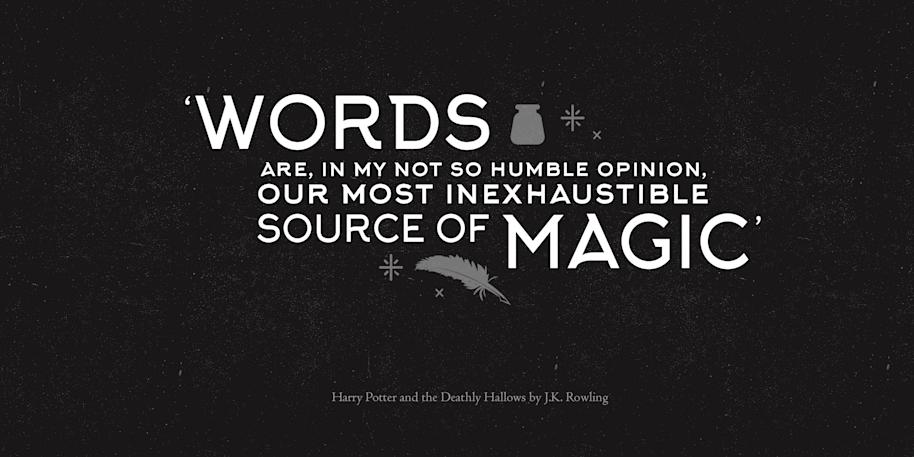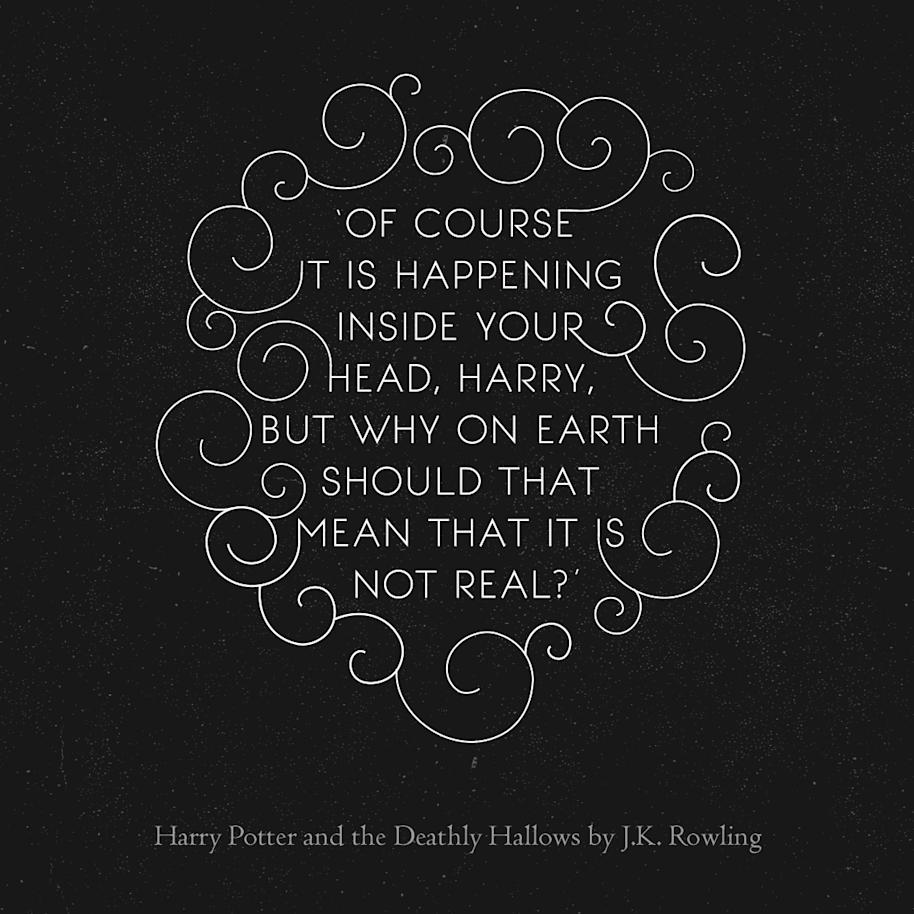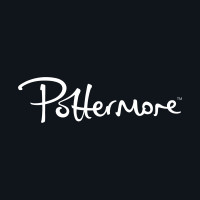
This is part two of our celebration of the creation of a script, in the run up to the Fantastic Beasts and Where to Find Them screenplay. Read part one here.
If writing a script is like mixing a potion, then reading one might appear something of a Dark Art.
Or at least one that seems to require a bit of background study. There are plenty of regular practitioners of this art, though, and most of them aren’t academics. Producers, directors, actors and actresses, agents, set, lighting and costume designers – and now, with the release of the Fantastic Beasts screenplay – you.
And yet reading a screenplay is obviously a very different experience to reading a novel. It can take some time to get used to the layout, especially if the last time you read a script was in school.
Seeing it all laid out on the page will seem different because, like the Fantastic Beasts screenplay, what you’re presented with is primarily dialogue. There will be some description, usually in the form of a location and some specific stage directions, but it’s often (though not always) minimal compared with what you might see in a book.
For talent agent Florence Rose, who reads one or two scripts every day, this doesn’t have to be a problem. ‘You can use the lack of description to your advantage,’ she says. Without too much description, ‘your imagination can fill in the gaps. The characters and settings are only limited by you.’
Or, like Dumbledore says in Harry Potter and the Deathly Hallows: ‘Of course it is happening inside your head, Harry, but why on earth should that mean that it is not real?’

Theatre actress and playwright Gemma Langford agrees (well, who wouldn’t agree with Dumbledore?). ‘You have to picture a huge cinema screen inside your mind and let what you read play out up there,’ she says of reading a script for the first time. ‘This is where stage directions come in handy.’
Ah yes, stage directions. Those bits of writing in between the things the characters are saying. What do you do with those, when you can’t see them being acted out?
‘For me stage directions are the key element in making scripts more like books. They give a sense of space and intention,’ says musical theatre actress Emma Williams, who reads a lot of stage scripts. So although they might seem minimal to a reader used to seeing long, descriptive prose, they serve a very important purpose: they tell you what’s going on in the scene, above and beyond what’s being said.
Because when you’re reading a screenplay, it’s not just about the dialogue, although that might be the thing that makes up most of the word count. ‘It’s almost about what’s not on the page as much as what is,’ says screenwriter Rob Williams. Theatre director Annette Rees agrees. ‘One of the things that’s really interesting is looking at who is there but not speaking. What are they doing?’ For example, we know that Grindelwald features in the background of Fantastic Beasts – but what does his presence mean?
Wondering what it all means is not unique to Fantastic Beasts, of course. Characters have misled us before – Snape, obviously, and pretty much all the Defence Against the Dark Arts teachers ever: Quirrell, Moody, even Lupin. Newt Scamander doesn’t seem to be averse to keeping a few secrets in Fantastic Beasts himself, either – not if that apparently monstrous case is anything to go by.

So all stories, whether on the page, stage or screen, require their audience to use their own judgement and a healthy dose of imagination to fill in the gaps. It’s just that reading a screenplay provides more of those gaps through which you can create your own interpretation.
TV screenwriter Rob Williams compares reading a script after years of reading books to listening to a radio play when you’re more used to watching TV. With radio, the actors must play their characters through voice only. It strips things back and invites a different interpretation. The difference, of course, is that when you are reading a screenplay yourself at home you don’t have multiple actors in front of you to interpret the words. You do, however, have the option of thinking about the story from the point of view of multiple characters, much more so than with novels.
‘When I get a new script, I always get a buzz before I start reading,’ says Gemma Langford. ‘The first few pages are very much about working out who these people are. With a script, you do this much as you would if you met a new person in real life.’ And as we’ve seen, it’s not just the dialogue you should focus on – imagining what a character is doing when they’re not speaking can be just as telling.
In fact, for Rob, some of the best screenwriting is where there is no dialogue at all. Stories aren’t just told with words. Think of the films you’ve seen: a look can convey as much as a speech, an action sequence can move things along quicker than a conversation. Imagine how all these things would appear on stage or screen, and let it all happen in your head. ‘Screenwriters are visual dramatists,’ Rob says. ‘I think it’s great that people are reading more scripts. It really shows the craft of the screenwriter.’
In the case of the Fantastic Beasts screenplay, we have a unique opportunity to see an accomplished novelist developing this craft. We already know that it will be breathtaking onscreen, but the opportunity to read J.K. Rowling’s descriptions of the wizarding world, and to interpret them yourself, will be magical in a different way.
Ultimately, however and whatever we read, it all comes back to the words – ‘our most inexhaustible source of magic, capable of both influencing injury, and remedying it’, as Dumbledore so memorably said in Deathly Hallows.

Words are used in many ways – to give voice to characters, to describe scenes and events, to make sense of things. But perhaps in the case of the Fantastic Beasts screenplay, it is in the spaces where words are used sparingly that we as readers can harness the not-so-Dark-Art of our own imaginations.



